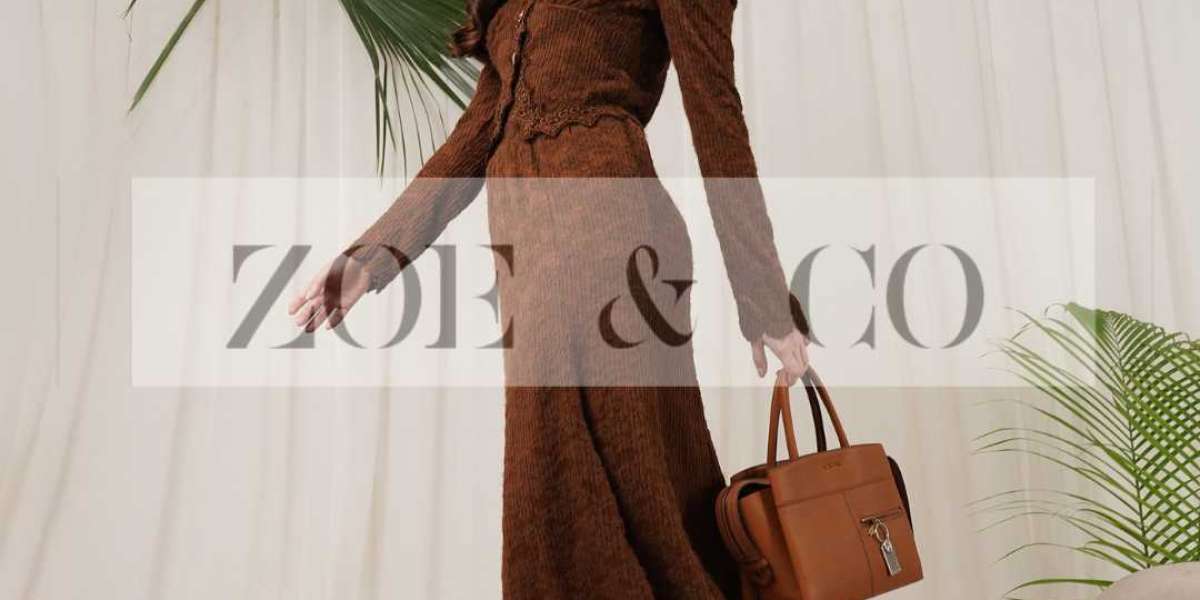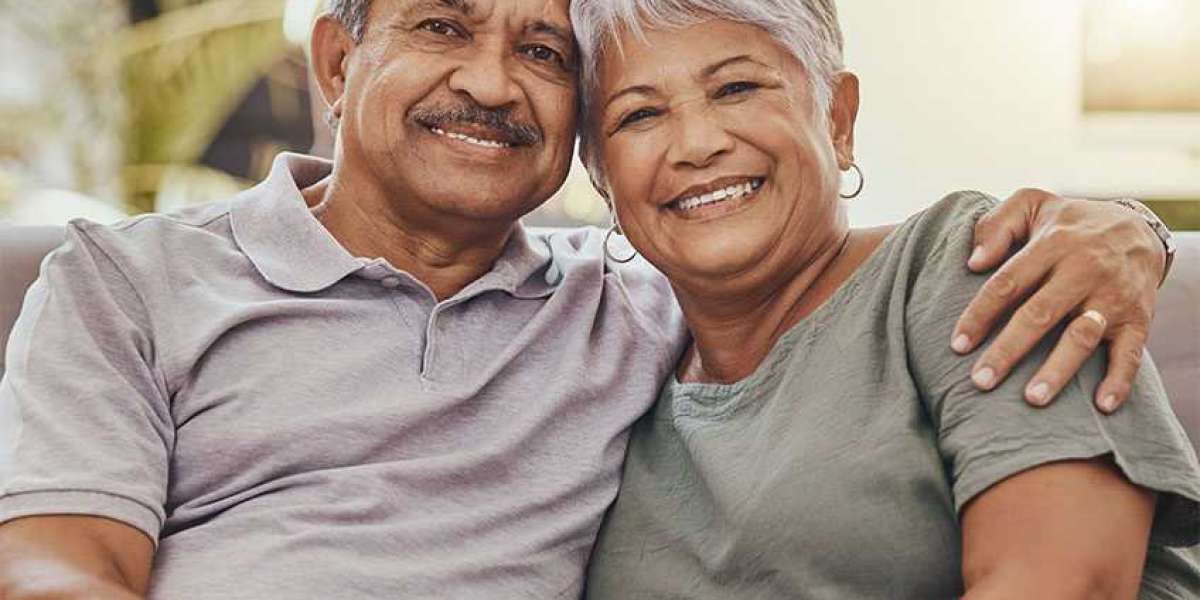A lifestyle shoot is more than just taking photos—it’s about creating a story that resonates with your audience. Whether it’s a lifestyle fashion shoot or a branding photography project, briefing your photographer properly is essential to achieve the best results. In this guide, we’ll walk you through everything you need to know to communicate your vision clearly and ensure a successful collaboration.
Understanding the Purpose of Your Lifestyle Shoot
Identifying Your Goals
What is the purpose of your shoot? Are you launching a new product line, building your brand, or showcasing your fashion designs? Defining your goals is the first step in planning a lifestyle shoot.
The Importance of Storytelling in a Lifestyle Fashion Shoot
Lifestyle fashion shoot thrives on storytelling. Your shoot should capture authentic moments that connect with your audience, highlighting not just the product but also the emotion and context behind it.
How Branding Impacts the Shoot’s Direction
For lifestyle branding photography, consistency is key. Your brand’s colors, themes, and personality should shine through every shot, creating a cohesive visual narrative.
Research and Selection of Your Photographer
Choosing a Photographer with Expertise in Lifestyle Branding Photography
Not all photographers specialize in lifestyle shoots. Look for someone with experience in lifestyle branding photography, as they’ll understand how to blend aesthetics with storytelling.
Collaborating with a Fashion Designer Photographer
If you’re a fashion designer, working with a photographer who understands your industry can make a world of difference. They’ll know how to highlight your designs while maintaining the shoot’s lifestyle vibe.
Reviewing Portfolios to Match Your Vision
Always review a fashion designer photographer's portfolio. Pay attention to their style, use of light, and how they capture emotions. Do their previous shoots align with your vision?
Preparing a Detailed Brief
Essential Elements to Include in Your Brief
A detailed brief should cover the shoot’s purpose, target audience, key deliverables, and any specific shots or moments you want to capture.
Sharing Your Brand’s Vision and Style
Communicate your brand’s tone, values, and style. Share examples of your branding materials, such as logos, social media profiles, and past campaigns, to help your photographer understand your aesthetic.
Specifying Deliverables and Timelines
Be clear about the number of photos you need, their format, and when you expect them to be delivered. Setting these expectations upfront avoids misunderstandings.
Communicating Visual Inspiration
Using Mood Boards to Clarify Ideas
Mood boards are a fantastic tool for visual communication. Gather images, colors, and styles that reflect your vision to give your photographer a clear direction.
Sharing Examples of Past Lifestyle Shoots
If you’ve done similar shoots before, share them as references. This helps your photographer understand what worked (and what didn’t) in the past.
Discussing Colors, Tones, and Aesthetics
Be specific about the look and feel you’re going for. Is it warm and inviting or shiny and modern? These details shape the shoot’s outcome.
Discussing the Shoot Details
Locations and Settings
Decide where the shoot will take place. Will it be outdoors, in a studio, or at a specific venue? The location should align with your brand’s story.
Outfits and Styling Coordination for a Fashion Designer Shoot
For a fashion designer shoot, styling is everything. Work closely with your photographer and stylists to ensure the outfits and accessories complement the overall theme.
Props and Additional Elements to Enhance Storytelling
Props can add intensity and context to your images. Choose items that align with your brand and enrich the visual narrative.
Establishing a Clear Timeline
Setting Up Pre-Shoot Meetings
Schedule a meeting (or two) with your photographer to discuss ideas and finalize details. These sessions are crucial for ironing out any uncertainties.
Scheduling the Shoot Day(s)
Plan the shoot schedule in detail, including breaks, outfit changes, and contingency time for unforeseen delays.
Post-Shoot Editing and Delivery Timeline
Clarify how long editing will take and when you can expect the final photos. This ensures a smooth post-shoot process.
Collaborating During the Shoot
Providing Constructive Feedback in Real-Time
During the shoot, don’t hesitate to share feedback. It’s easier to adjust things on the spot than to fix them later.
Maintaining Flexibility for Creative Input
Trust your photographer’s expertise. They may suggest angles or ideas you hadn’t considered, which could elevate the final result.
Building Rapport with Your Photographer and Team
A positive atmosphere can make all the difference. When everyone feels comfortable, it shows in the photos.
Reviewing the Final Deliverables
Ensuring All Shots Align with Your Brief
Compare the final photos against your brief to ensure all your requirements are met.
Requesting Revisions if Necessary
If something isn’t quite right, don’t be afraid to ask for adjustments. Most photographers are open to making tweaks to satisfy their clients.
Planning for Future Collaborations
If the shoot goes well, consider building a long-term relationship with your photographer. It saves time and ensures consistent quality in future projects.
A successful lifestyle shoot begins with clear communication and detailed planning. By understanding your goals, sharing your vision, and collaborating closely with your photographer, you can create stunning visuals that tell your story and connect with your audience.
Get In Touch
Gmail- Info@studio1emporio.com
Phone- +91 8800124739
Website- www.studio1emporio.com














